Government Initiatives and Funding
Government initiatives play a pivotal role in shaping the mobility technology market. In the US, federal and state governments are increasingly investing in transportation technologies to promote innovation and sustainability. For instance, the Biden administration has proposed a $174 billion investment in EV infrastructure, which aims to accelerate the adoption of electric vehicles. Such funding initiatives are likely to stimulate research and development in the mobility technology market, encouraging companies to innovate and expand their offerings. Additionally, regulatory frameworks that support the deployment of new technologies can create a conducive environment for growth. As government support continues to evolve, it is expected to drive advancements in the mobility technology market.
Technological Advancements in Connectivity
The mobility technology market is significantly influenced by advancements in connectivity technologies. The proliferation of 5G networks is enhancing vehicle-to-everything (V2X) communication, which is crucial for the development of smart transportation systems. This connectivity allows vehicles to communicate with each other and infrastructure, improving safety and efficiency. In 2025, it is estimated that over 50% of new vehicles sold in the US will be equipped with V2X capabilities. This technological evolution not only enhances the driving experience but also supports the integration of autonomous vehicles into the mobility technology market. As connectivity continues to improve, it is expected to drive innovation and create new business models, further propelling the growth of the mobility technology market.
Urbanization and Infrastructure Development
Urbanization is a critical factor impacting the mobility technology market. As more people migrate to urban areas, the demand for efficient transportation solutions increases. In the US, urban populations are projected to reach 85% by 2030, necessitating the development of advanced mobility solutions. This trend is prompting investments in infrastructure, such as smart traffic management systems and public transportation enhancements. The mobility technology market is likely to benefit from these developments, as cities seek to alleviate congestion and improve accessibility. Moreover, the integration of smart infrastructure with mobility solutions can lead to more sustainable urban environments, making this driver essential for the future of the mobility technology market.
Growing Demand for Sustainable Transportation
The mobility technology market is experiencing a notable shift towards sustainable transportation solutions. This trend is driven by increasing consumer awareness regarding environmental issues and the need to reduce carbon emissions. In the US, the demand for electric vehicles (EVs) has surged, with sales reaching approximately 1.5 million units in 2025, representing a growth of 25% from the previous year. This growing preference for eco-friendly options is prompting manufacturers to innovate and invest in cleaner technologies. Furthermore, government incentives and regulations aimed at promoting sustainable practices are likely to bolster this trend, making it a significant driver in the mobility technology market. As consumers prioritize sustainability, companies are compelled to adapt their offerings, thereby reshaping the competitive landscape of the mobility technology market.
Consumer Preferences for Enhanced Mobility Solutions
Consumer preferences are shifting towards enhanced mobility solutions that prioritize convenience and efficiency. The mobility technology market is responding to this demand by offering innovative services such as ride-sharing, micro-mobility options, and integrated transportation platforms. In 2025, it is estimated that the ride-sharing market in the US will reach $75 billion, reflecting a growing inclination towards shared mobility solutions. This trend indicates a potential transformation in how individuals perceive transportation, moving away from traditional ownership models. As consumers seek more flexible and accessible options, companies in the mobility technology market are likely to adapt their strategies to meet these evolving preferences, thereby driving further growth.


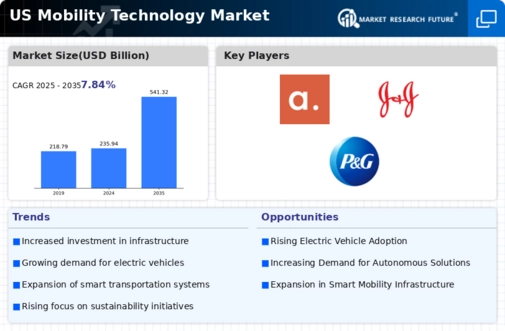
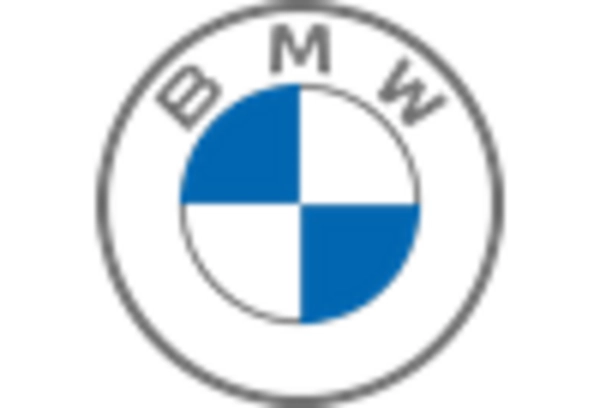
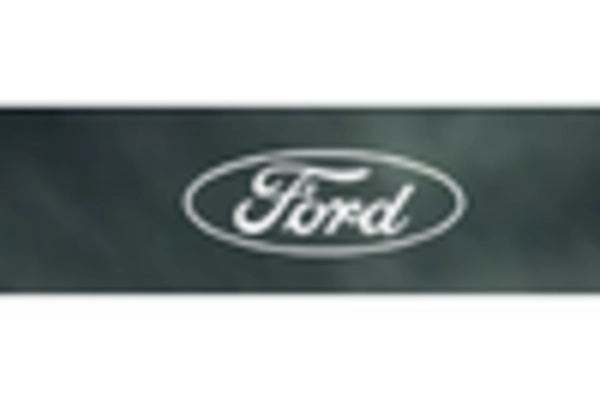
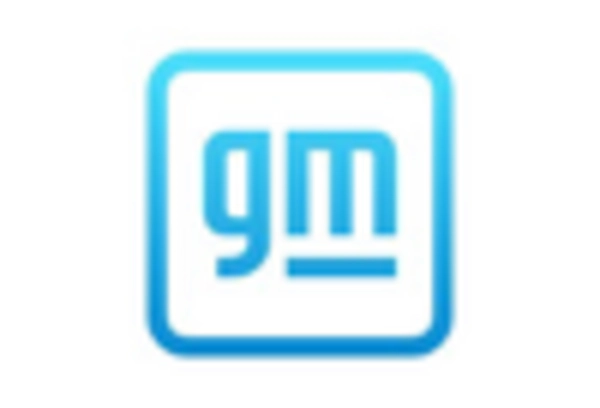
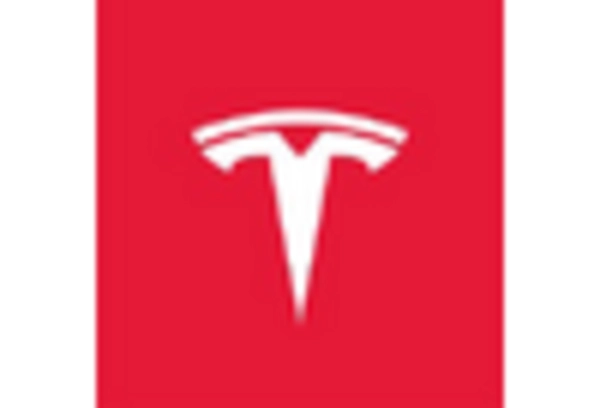
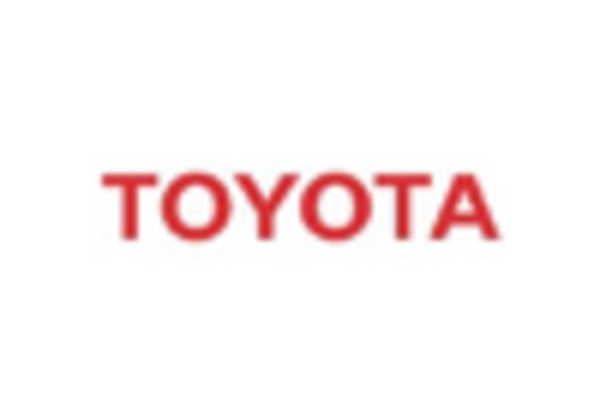
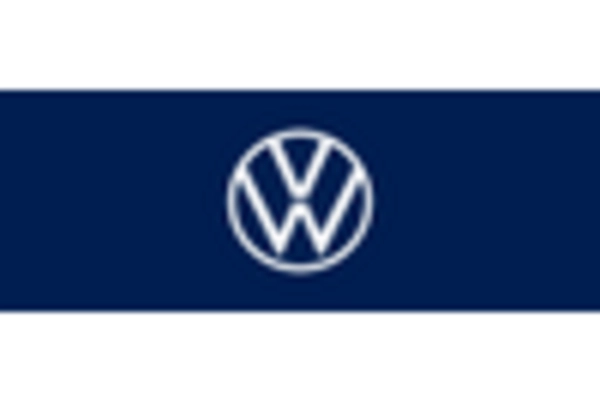








Leave a Comment